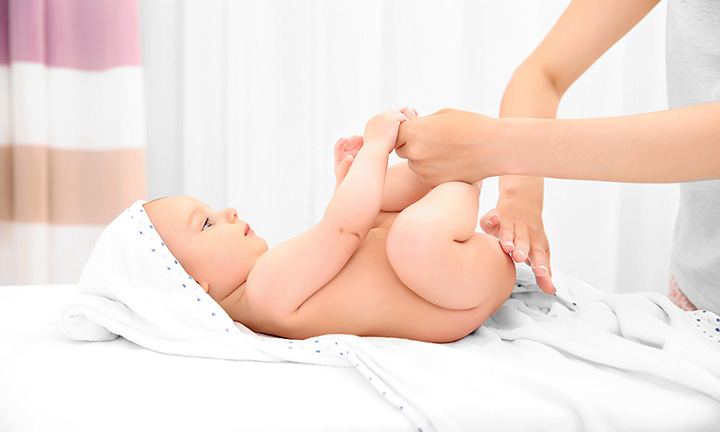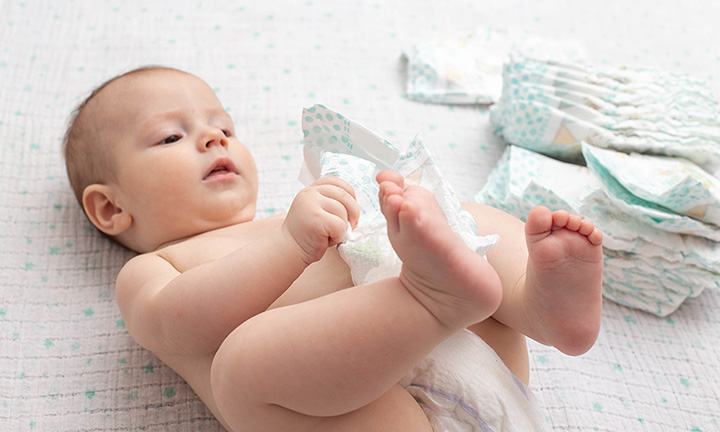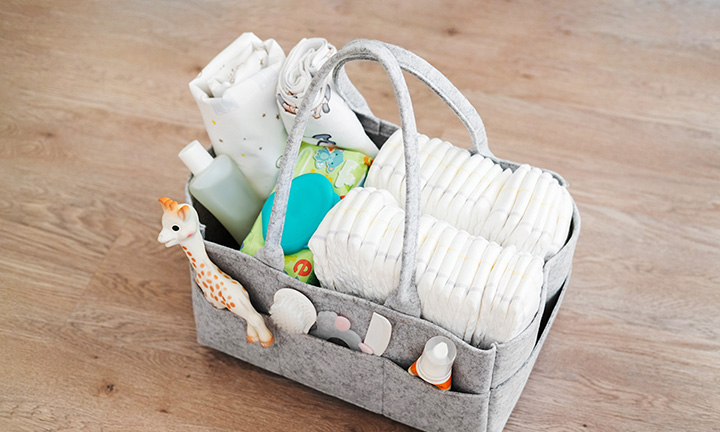
Keeping Your Baby Comfortable: How Nappy Cream Helps
3 min readUpdated August 19, 2025
3 min readUpdated August 19, 2025
Understanding Nappy Rash and Creams
Nappy rash is a common concern for parents, often caused by prolonged exposure to wet or soiled nappies, friction, or reactions to products like wipes and detergents. Using a nappy rash cream can help soothe irritation and protect delicate skin, but choosing the right one is key. Some creams contain ingredients that create a waterproof barrier, which can reduce the absorbency of cloth nappies and lead to build-up or odours. To avoid this, opt for natural, cloth-safe creams and use a liner to protect your nappies.
Quick Tips for Treating and Preventing Nappy Rash
If the rash persists or worsens, consult your general practitioner (GP), as it may be due to an infection or another skin condition. In the next section, we’ll explore how to choose the best nappy rash cream and what to look for based on your baby’s needs.
What Is Nappy Rash Cream for Babies?
Nappy rash cream is a topical ointment designed to treat nappy dermatitis, commonly known as nappy rash . This condition occurs when an infant’s skin becomes irritated due to prolonged exposure to moisture, urine, and stool, leading to redness and discomfort.
Nappy creams work by creating a protective barrier on your baby’s skin, shielding it from irritants and promoting healing. Nappy creams containing zinc oxide or petroleum jelly are often recommended to help protect a baby’s skin.
When to Start Using Nappy Cream?
It’s advisable to begin using nappy cream at the first sign of nappy rash. Nappy rash may appear as patches of redness and irritation in the nappy area. Note that these areas may be harder to see on darker skin tones. It may also appear as bumps or tiny dots/spots of redness or discolouration.
You may also be wondering if you can use nappy cream on newborns and when. While newborns have delicate skin, it’s generally safe to use nappy cream on them when necessary. However, it’s important to consult with your baby’s GP before applying any new product to a newborn’s skin.
Nappy cream should be used as a treatment for existing nappy rash rather than as a preventive measure.
If your baby’s nappy rash persists after several days of home treatment, it worsens, or you notice blisters or open sores, contact your little one’s GP. They may prescribe an antifungal nappy rash cream or antibiotic cream based on your baby’s rash.
How and Where to Apply Nappy Cream?
If you’re wondering where to put nappy cream and how to effectively apply it, follow these steps:
Step 1: Clean the Area
Gently cleanse your baby's nappy area with baby wipes that are fragrance-free and alcohol-free, like Pampers Sensitive Baby Wipes , clinically proven to be gentle on your baby’s delicate skin. Ensure all traces of urine and stool are removed.
Step 2: Dry Thoroughly
Gently pat the nappy area dry with a soft towel. Avoid rubbing, as this can cause further irritation. If you have time, you could give your baby’s nappy area some time to air dry before applying a cream and nappy.
Step 3: Apply the Cream
Using clean hands, gently apply a thin layer of nappy cream to the affected area. You don’t need to rub it in as this may irritate the area further. So, where is best to apply nappy rash cream on girls and boys? For girls, ensure the cream is applied to the vulva and surrounding areas, avoiding the vaginal opening. For boys, apply the cream to the penis, scrotum, and surrounding areas. Ensure all creases and folds are covered.
Step 4: Re-nappy
Allow the cream to absorb briefly before putting on a fresh nappy. Use a nappy that fits well to provide comfort and reduce friction and leaks that may lead to nappy rash. Consider Pampers Dry Nappies for your baby, as they provide superior skin protection against the four main causes of nappy rash.
How Often to Use Nappy Cream
A common question from parents is, “Should I use nappy cream at every change? ” If your little one has a nappy rash , then yes, nappy cream can be applied during each nappy change, or several times a day. This ensures continuous protection against irritants and aids in healing. If the nappy area is clean, you don’t need to remove the previous nappy cream, just simply apply another layer on top.
Once your baby’s rash has resolved, you can stop using the nappy cream and focus on preventive measures.
Preventing Nappy Rash
While nappy cream is effective for treating nappy rash , prevention is key. To help prevent the four leading causes of nappy rash, overhydration, prolonged contact with stool and urine, increased skin pH, and friction, consider the following practices:
Step 1.Change Nappies Frequently
Ensure you change your baby's nappies regularly to keep their skin dry and reduce exposure to irritants.
Step 2.Use Gentle Cleaning Methods
Opt for water and soft cloths for cleaning, avoiding harsh soaps that might irritate sensitive skin.
Step 3.Apply Barrier Cream
Use a nappy barrier cream like those containing zinc oxide or petroleum jelly after each nappy change to protect your baby's skin.
Step 4.Allow Nappy-Free Time
Give your baby some nappy-free time each day to let their skin breathe.
Step 5.Consult a GP
If the rash persists or worsens, it’s recommended to contact your baby’s GP for their advice.
FAQs
No, gently apply a thin layer of nappy cream to the affected area without rubbing it into the skin, as rubbing can cause further irritation.
The Bottom Line
Nappy rash can be uncomfortable for your baby, but using nappy cream correctly can provide quick relief and promote healing. Remember to apply nappy cream at the first sign of irritation, ensure your baby’s skin is clean and dry before application, and use it at every nappy change while the rash is present. It’s also advised to contact your little one’s GP for advice on nappy creams and recommendations if the nappy rash persists or worsens.
While we’re on the topic of creams and nappies, you could get rewards and discounts on your Pampers purchases. Start saving today by downloading the Pampers Rewards App!
How We Wrote This Article
The information in this article is based on expert advice from trusted medical and government sources, including the National Health Service (NHS). You can find a full list of sources used for this article below. The content on this page should not replace professional medical advice. Always consult medical professionals for full diagnosis and treatment.
Read more about Baby
Related Articles
Join Pampers Club and get








